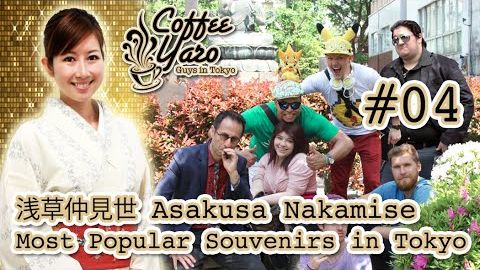日本で手に入れるべきお土産とは - 浅草 浅草 浅草 珈琲やろう #04 (What Souvenirs to Get in Japan - 浅草 Asakusa - Coffee Yaro #04)
Yummy Japan が 2021 年 01 月 14 日 に投稿  この条件に一致する単語はありません
この条件に一致する単語はありませんUS /ˈpɪriəd/
・
UK /ˈpɪəriəd/
- n. (c./u.)期間 : 時代;強調;終止符;生理;授業時間 : 時限
US /ˈkʌntri/
・
UK /ˈkʌntri/
- n. (c./u.)国;田舎;国民;領土;カントリー音楽
- adj.田舎の;自国
- n. (c.)議事録;ちょっとの間;分
- v.t.議事録をとる
- adj.極めて小さい : 微細な
US /ˈpɑ:pjələ(r)/
・
UK /ˈpɒpjələ(r)/
エネルギーを使用
すべての単語を解除
発音・解説・フィルター機能を解除

